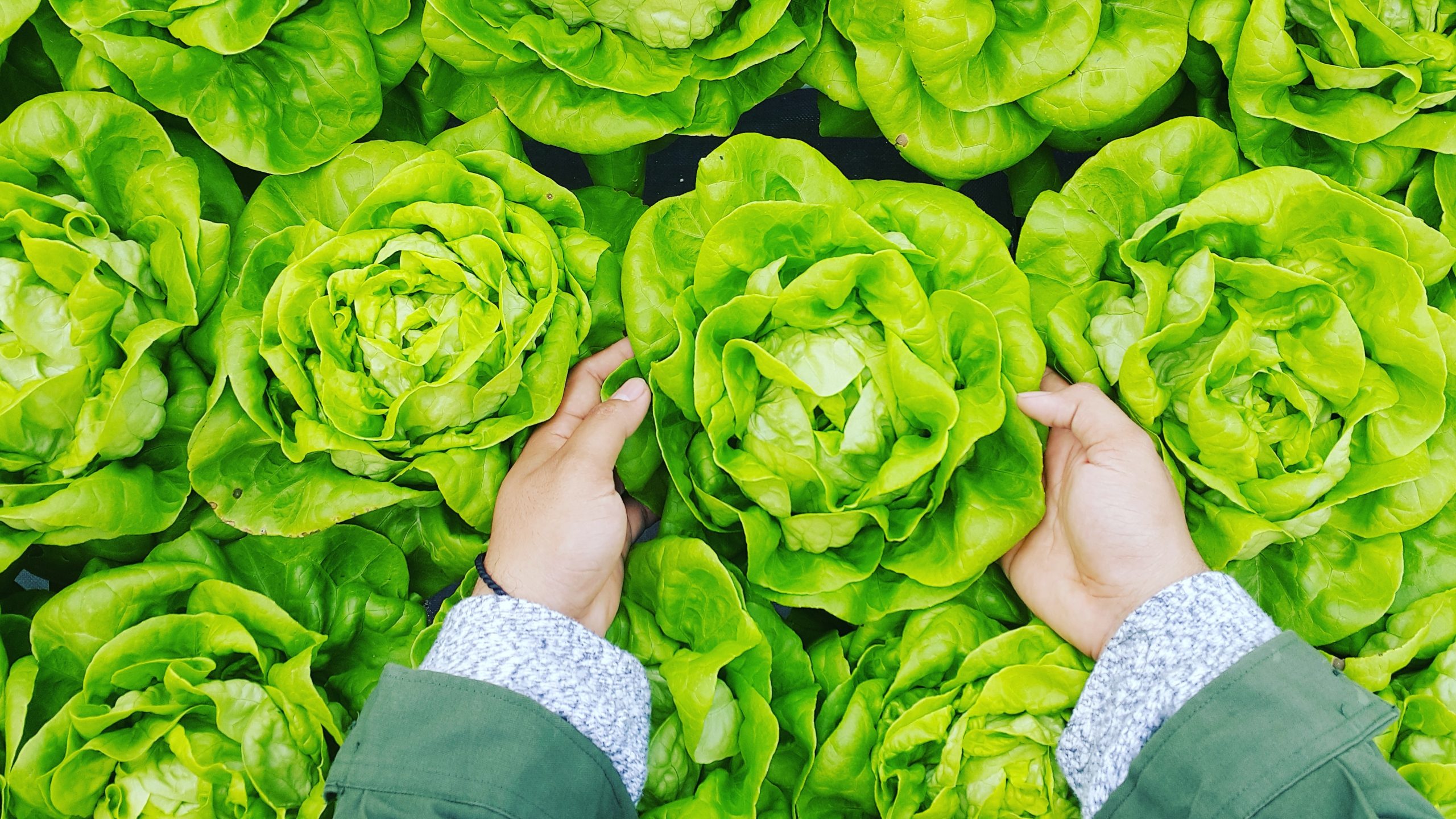Food production is undergoing a transformation with the increased emphasis on producing local, organic and high-quality foods. Consumers are seeking out fresher, tastier and more nutritious food while also demanding lower prices and higher profits. This changing landscape requires food producers to look beyond the traditional boundaries of their operations. In order to capitalize on this new opportunity, you must adopt a farm to fork strategy. A farm to fork strategy is a plan that enhances your ability to produce high-value products by improving processing and distribution as well as increasing demand for your products. It focuses on everything from finding the best locations for expansion, identifying opportunities for collaboration with other farms and investing in new technologies that can help you control costs, increase productivity and reduce risk throughout the supply chain.
What is a Farm to Fork Strategy?
A farm to fork strategy is a plan that helps you produce high-value products by improving production processes and collaborating with other farms to increase demand for your products. It focuses on everything from finding the right locations for expansion, identifying opportunities for collaboration with other farms, investing in new technologies that can help you control costs, increase productivity and reduce risk throughout the supply chain. By taking an all-encompassing approach to your business, you’re better able to capitalize on opportunities as well as address challenges. When implemented effectively, a farm to fork strategy can transform your business for the better and provide you with new ways to increase profitability and create long-term value.
How does a farm to fork strategy help your business?
A farm to fork strategy can help you grow your business by increasing demand and profitability across your entire operation. By improving your processes and collaborating with other farms to increase demand, your costs and revenues can be reduced. This can allow you to improve your overall profitability, increase sales and expand your operations. When implemented strategically, a farm to fork strategy can provide you with new ways to increase profitability and create long-term value. With a farm to fork strategy, you work with other growers to increase demand for your products, explore new technologies to reduce costs, collaborate with other farms to improve quality and scale up production to increase your production volume. By focusing on these areas, you can transform your business and create long-term value.
A Guide to Developing Your Farm to Fork Strategy
As you begin to develop your farm to fork strategy, consider the following tips.
– Identify key areas for growth – Where do you want to grow your business? What areas are most attractive to your customers? What are their needs and preferences? By recognizing the areas where you want to focus, you’re better able to identify new opportunities and assess the best strategies for growth.
– Understand your strengths and your weaknesses – Knowing your strengths as well as weaknesses is important when developing a farm to fork strategy. What areas do you excel at? What areas do you need to focus more on? By recognizing and prioritizing your strengths as well as weaknesses, you can better position your business for long-term growth.
– Develop a growth-planning strategy – What steps will you take to grow your business? How will you identify new opportunities, collaborate with other farms to increase demand and improve processes? By developing a growth-planning strategy, you can better position your business for long-term growth.
– Map out your investment plan – What resources will you need to grow your business? What are the costs associated with these investments? How will you repay these costs and which investments are likely to provide the highest return? By developing a growth-planning strategy and an investment plan, you can better position your business for long-term growth.
When should you develop your farm to fork strategy?
There are a number of times in your business when developing a farm to fork strategy can help you grow your company.
– When evaluating your performance – When evaluating your performance, it can help to look at your business through the lens of a farm to fork strategy. By taking this approach, you can better position your strengths and weaknesses, identify new opportunities and determine which areas of your business you need to focus on for growth.
– When considering mergers and acquisitions – As you consider mergers and acquisitions, it can help to look at your business through the lens of a farm to fork strategy. This can help you determine which companies can provide the greatest value, compare the costs and benefits of various acquisition strategies and assess the risks associated with each deal.
– When seeking funding – When seeking funding, it can help to present your business through a farm to fork lens. This can help you market your company in a more effective way, position it for growth and identify the areas where you need the most investment.
Conclusion
By implementing a farm to fork strategy, you can transform your business and create long-term value. By focusing on growing your operations in key areas while also improving your processes and collaborating with other farmers, you can increase demand, reduce costs and expand your reach across your market. When implemented effectively, a farm to fork strategy can help you grow your company for the better and create long-term value.
